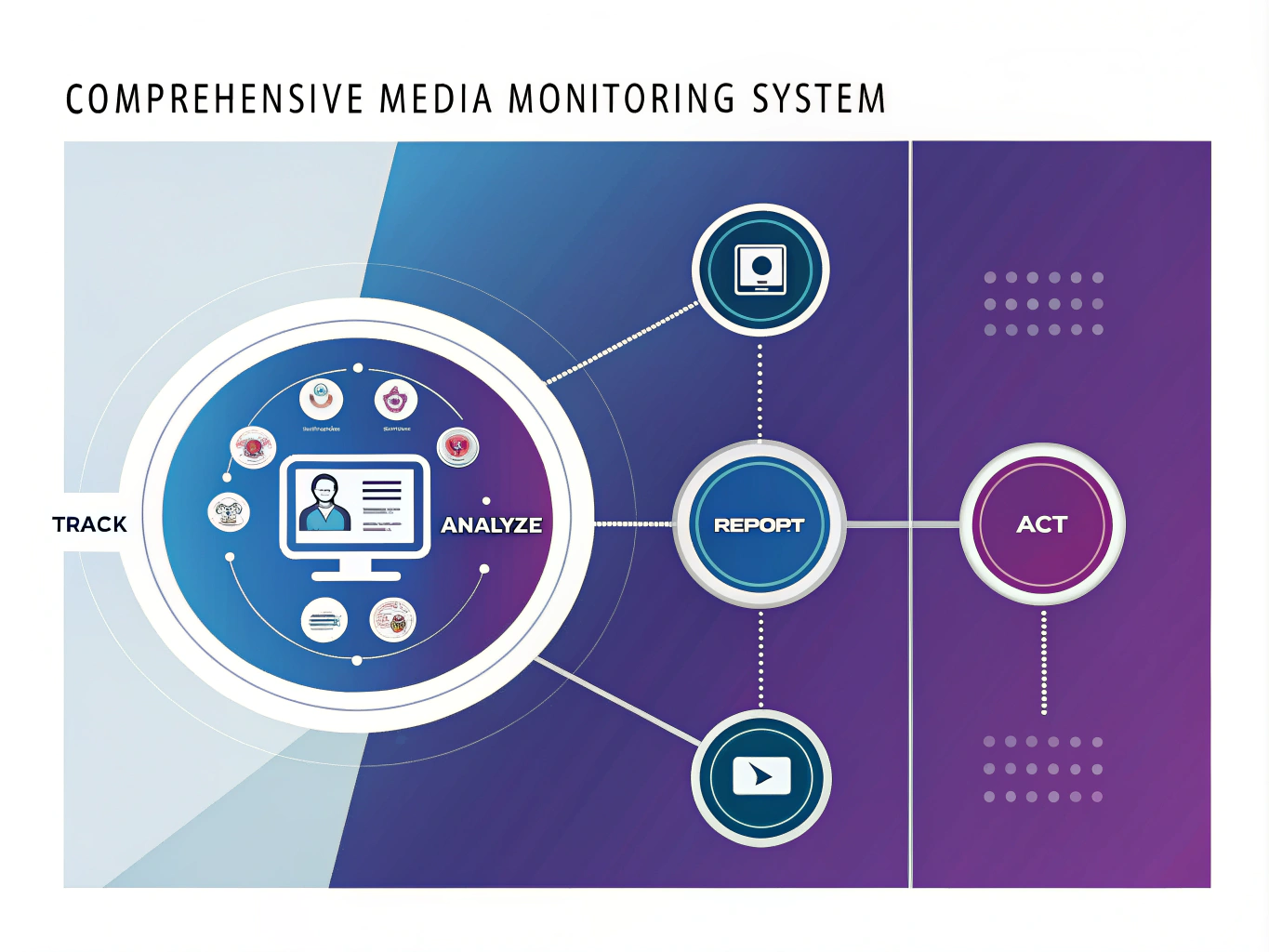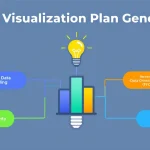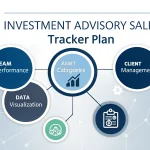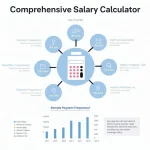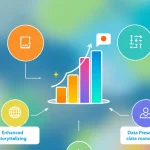Media Monitoring Plan Generator
Is this tool helpful?
How to Use the Media Monitoring Plan Generator Effectively
Follow these simple steps to create a tailored media monitoring strategy that fits your needs:
- Types of media to monitor: Enter specific media channels you want to track. For example, “podcasts, online forums, industry webinars” or “Facebook groups, Reddit, trade magazines”.
- Keywords, hashtags, or phrases to monitor: Provide relevant terms separated by commas, such as “blockchain technology, #FinTech, digital currencies” or “urban gardening, #FarmToTable, local food movement”.
- Main focus of the analysis: Define the key goal of your media monitoring. Examples include “product feature feedback, influencer impact” or “event coverage, sentiment around new regulations”.
- Frequency of report generation: Choose how often you want to receive updates. Options include “weekly with daily digests” or “monthly with quarterly deep-dives.”
- Click the Generate Media Monitoring Plan button to get a customized media tracking and analysis strategy based on your inputs.
After submitting, the tool will deliver a detailed plan outlining the monitoring approach, analytical focus, and reporting schedule tailored for your objectives.
Introduction to the Comprehensive Media Monitoring Plan Generator
In a fast-moving media landscape, keeping track of relevant mentions about your organization, industry, or competitors is essential. This Media Monitoring Plan Generator helps you build a focused strategy for collecting, analyzing, and reporting media data from diverse sources.
What Is Media Monitoring?
Media monitoring means systematically observing content across platforms like news sites, social media, blogs, and forums. It tracks mentions of keywords, hashtags, brands, or topics to reveal public sentiment, industry trends, and competitive insights.
Purpose and Benefits of This Tool
This tool guides you in creating a clear media monitoring framework that:
- Identifies and tracks important media sources and mentions
- Focuses analysis on your primary goals like reputation or competitive intelligence
- Schedules report output that fits your decision-making timeline
- Supports data visualization preferences to make insights actionable
Using this generator saves you time by organizing your monitoring efforts, making sure you don’t miss critical information, and helping you turn raw media data into clear, strategic actions.
Practical Usage of the Media Monitoring Plan Generator
Employ this tool to develop comprehensive, customized media monitoring strategies across various industries and objectives. Here are some real-world scenarios illustrating how you can use it:
1. Managing Brand Reputation
- Track media mentions of your brand across traditional and social media outlets.
- Focus analysis on sentiment and influencer impact to spot potential reputation risks early.
- Receive reports daily or weekly to respond swiftly to emerging issues.
2. Gaining Competitive Intelligence
- Monitor competitors by tracking keywords related to their products, campaigns, and industry trends.
- Analyze shifts in market positioning and customer conversations.
- Use monthly reports to inform strategic planning and benchmark your media presence.
3. Forecasting Industry Trends
- Follow emerging topics and conversations to anticipate shifts relevant to your business.
- Analyze blogs, forums, and social channels to identify patterns early.
- Customize visualizations like line graphs or heat maps to track trends over time.
4. Managing Crisis Communications
- Set up keyword monitoring for sensitive topics or product names related to crises.
- Prioritize sentiment and influencer analysis to address negative coverage effectively.
- Generate real-time alerts and frequent reports to enable quick response teams.
5. Tracking Campaign Performance
- Monitor hashtags, phrases, and media types to measure reach and engagement.
- Identify which messages resonate best with your target audiences.
- Adjust campaign strategies based on insights from regular analytical reports.
Key Features and Practical Benefits
Holistic Media Coverage
Track multiple media types at once, including online news, social platforms, blogs, and podcasts, to ensure you gather a full picture of your presence and conversations around your topics.
Time-saving Automation
Automate media tracking and initial data analysis to free your team from manual monitoring so they can focus on strategy and action.
Actionable, Real-Time Insights
Receive timely alerts and reports with sentiment, trend, and influencer data to react quickly to opportunities or potential crises.
Customizable Reporting and Visualization
Choose how often reports generate and select visualization types such as bar charts, pie charts, heat maps, or word clouds to make data easier to understand and share.
Supports Data-Driven Decisions
Transform raw media mentions into clear insights using focused analysis on your priorities like customer sentiment, competitor moves, or industry shifts.
Frequently Asked Questions (FAQs)
Q1: Can I track media mentions in multiple languages?
Yes. You can specify languages to monitor. The tool uses advanced language processing to analyze content accurately regardless of the language, ensuring comprehensive tracking.
Q2: Does this tool integrate with other platforms?
Yes. It can connect with popular CRM and marketing automation systems so you can seamlessly incorporate media insights into your existing workflows and customer data management.
Q3: How accurate is the sentiment analysis?
The sentiment analysis uses machine learning algorithms that evaluate emotional tone in mentions. It categorizes content as positive, negative, or neutral, and provides sentiment scores so you can monitor changes over time or across different topics.
Important Disclaimer
The calculations, results, and content provided by our tools are not guaranteed to be accurate, complete, or reliable. Users are responsible for verifying and interpreting the results. Our content and tools may contain errors, biases, or inconsistencies. Do not enter personal data, sensitive information, or personally identifiable information in our web forms or tools. Such data entry violates our terms of service and may result in unauthorized disclosure to third parties. We reserve the right to save inputs and outputs from our tools for the purposes of error debugging, bias identification, and performance improvement. External companies providing AI models used in our tools may also save and process data in accordance with their own policies. By using our tools, you consent to this data collection and processing. We reserve the right to limit the usage of our tools based on current usability factors.
